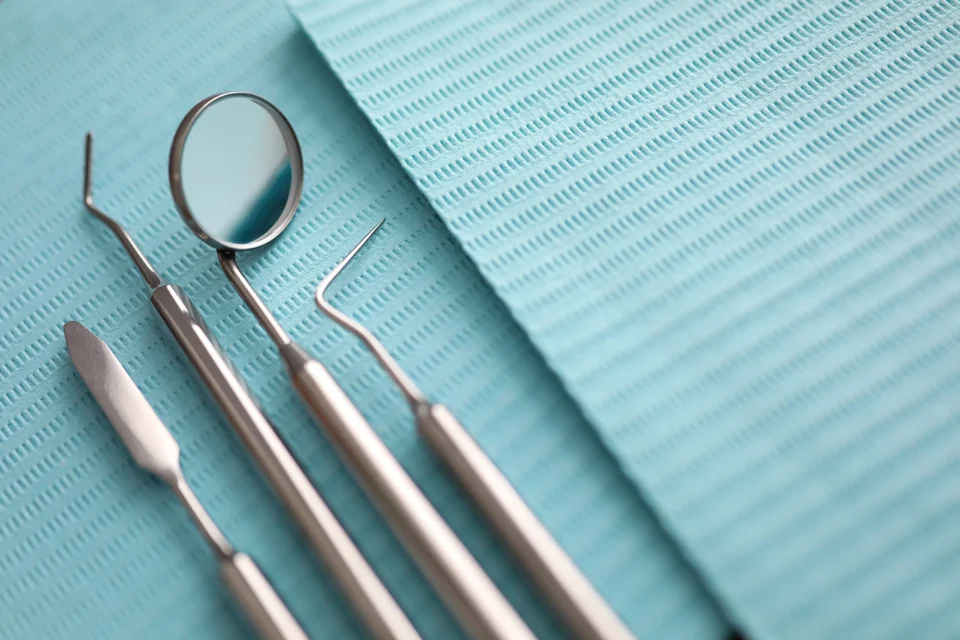Bioclear vs. Veneers Compared

BioClear Vs. Veneers: A Comparison
You’ve decided it’s time for a smile transformation—you’re ready for a major upgrade that enhances the look of all your teeth when you smile. But there’s one choice holding you back: “Should I go with veneers or explore a less permanent option?”
For years, porcelain veneers have been known to deliver exceptional, long-lasting cosmetic results, especially when compared to more conservative options like bonding. But with the rise of BioClear, there’s now a modern alternative that offers similarly impressive outcomes.
Both BioClear and veneers can correct:
- Tooth discoloration
- Misaligned or uneven-looking teeth
- Chips and cracks
- Peg laterals
- Spaces between teeth
- Black triangles near the gum line
Veneers are Not Reversible
While porcelain veneers can create a beautiful and dramatic smile, they’re a permanent procedure. To apply veneers, a layer of your enamel must be removed, meaning you’ll never be able to return to your natural, untreated teeth. This irreversible step can be a dealbreaker for some.
Although most patients are thrilled with their veneers and rarely look back, it’s important to consider the long-term commitment—especially if you’ve already experienced enamel erosion. In that case, preserving your remaining enamel may be the safer choice. Since veneers can be costly and may eventually require full replacement, BioClear offers a more conservative and reversible alternative.
How it Works – The Process and Lifespan
Porcelain Veneers – Veneers are crafted individually in a dental lab to match your desired shape, size, and shade. After your natural teeth are carefully prepped, each veneer is custom-fit and bonded permanently for a flawless result.
BioClear – Unlike veneers, BioClear is a technique, not a product. It improves upon traditional bonding by using a clear matrix combined with flowable composite material to shape each tooth more precisely. This composite is molded within a specialized matrix, forming a snug, natural-looking “shell” that securely bonds to the tooth surface.
Both BioClear and veneers typically last about 10 years. However, like any cosmetic dental work, their longevity depends on your oral hygiene, habits, and overall care. Veneers can last several decades when treated with care, which puts both options on similar footing when it comes to durability.
Pricing
In terms of cost, BioClear is generally more budget-friendly than porcelain veneers. Veneers involve custom lab work and artisan craftsmanship, which adds to their price. In contrast, BioClear is completed entirely in-office making it more efficient and cost-effective for patients. On average, BioClear costs 25–50% less than the same treatment with veneers.
You’ll also want to consider how easy it is to repair or replace your dental work if damage occurs. This is especially relevant for patients with bruxism (teeth grinding or clenching), which can cause veneers to chip or wear down faster. BioClear, on the other hand, is easier to revise or repair, since it’s less invasive to remove and reapply if needed.
